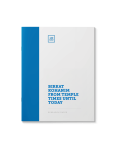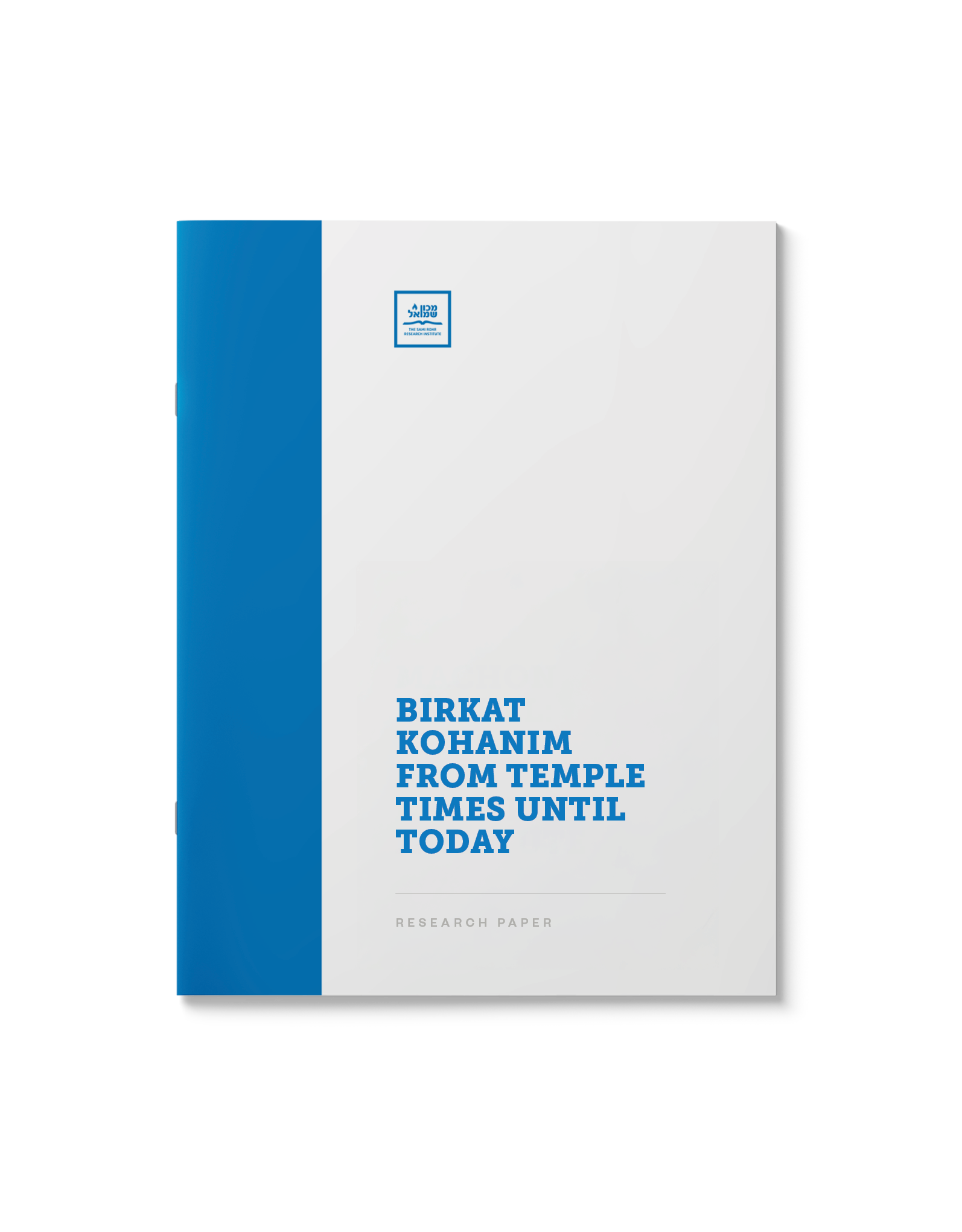Birkat Kohanim from Temple times until Today
$75.00
If Birkat Kohanim is one of Judaism’s most cherished blessings, why outside of Israel today is it so rarely recited? Why in Jerusalem is it sung daily, but only seldom in the Diaspora? Why do we seem to disregard how Shulchan Aruch regulates Birkat Kohanim?
| Language | English |
|---|---|
| Paper Type | Research Paper |
| Pages | 28 |
Related Products
This broad analysis of Birchas HaGomel takes a modern focus: Does a domestic flight over water trigger this blessing? An international one over land? What about a missed flight that crashes? A look at the basic laws and rational behind Gomel lays the foundation to determine when and why the blessing is required. (See also Thanking G-d for Goodness Part II)
Find out what is required of one who prays when it comes to focusing one’s mind on the Almighty. To what degree is kavanah really necessary? Are there any techniques that provide a shortcut to healthy kavanah?
Part IV in a Series
As an expression of honor and submission, bowing before an authority has always been common. In Jewish prayer, numerous segments are associated with bowing and prostration. What are some of the reasons for bowing during the recital of Modeh Ani, Barchu, the Amida, Aleinu and during the Yom Kippur service?
Prayer has always been a pillar of the Jewish tradition. It is often wondered: if Judaism most values action, what is the significance of uttering liturgy composed thousands of years ago, several times a day?
(includes 30 pages of supplementary material)
Part I in a Series
A digest of the philosophy behind communal prayer. What makes it so valuable? What purpose does it serve? Does the prayer of the individual not achieve the same as the prayers of a congregation? A look at the deeper meaning of tefilah b’tzibbur.
Table of Contents
Who is obligated to bless the moon? What is
the meaning behind its prayers and rituals? Discover why the moon hangs high in
Jewish thought in this review of its laws and customs.
שהחיינו וקיימנו לזמן הזה. בירור מקיף ויסודי אחר תקנת ברכת שהחיינו. מדוע נהוג לברכה על פרי חדש לעומת אירועים משמחים שאינו נהוג לברכה? מהם כללי היסוד הקובע את אמירתה? סקירה הלכתית ומגוונת מממקרים ושאלות רלוונטיות. ראה זה חדש.
Piyutim are liturgical poems that are chanted during prayer primarily on the High Holidays, with some dating back many generations. What is their status in Jewish law? Must they all be recited or can they be omitted? What do we know about their origin and evolution? How important is it to adhere to local custom?
Familiarize yourself with the background of the various components that comprise the davening. The repetition of the Amida, the appropriate direction for prayer, who is fit to lead the service, the procedures of Krias HaTorah and much more.
Part III in a Series
.
Table of Contents
What defines a “dangerous scenario” for which one must recite birkas hagomel? This paper addresses the questions and challenges introduced by air travel, and defines the types of illnesses and levels of recovery that require the gomel blessing.
Ana Bechoach is an ancient and mystical Jewish prayer and spells the names
of G-d acrostically. What is the meaning of this prayer?
אמן. מילה קטנה הטומנת בתוכה אוצרות גדולות. המילה שהפכה לביטוי עמקי האמונה, בכוחה להמשיך ברכות וכוחות עצומים. מהו אפוא סודה של עניית אמן? האיך אמור האדם להתחבר אליה במדה מלאה? סקירה מקיפה לאור גנזי הקבלה והחסידות (חלק א).















